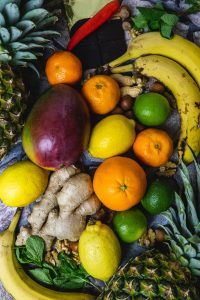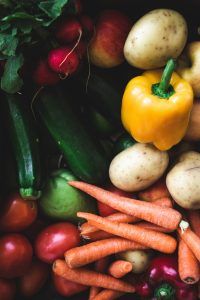By 6 months of age if your baby has met the feeding and nutritional goals outlined in the previous post, you can start the important and exciting next step in your feeding journey – expansion and exposure!
Between 6 and 8 months of age, you and your baby will continue to practice and eventually master the skill of spoon feeding (post on cup drinking coming soon!). You should first thin out the puree with breast-milk or formula before gradually cutting back on the amount of liquid as your baby gets used to thicker purees. Once your baby is tolerating thick purees you can start to boil and mash the foods instead of pureeing. This may be a noticeable change for your baby as this advanced texture can bring lumps and bumps – a whole new sensory experience! Remember that babies making faces and grimaces doesn’t mean they don’t like it. Keep exposing, encouraging and praising your little one as they embark on this new texture adventure.



